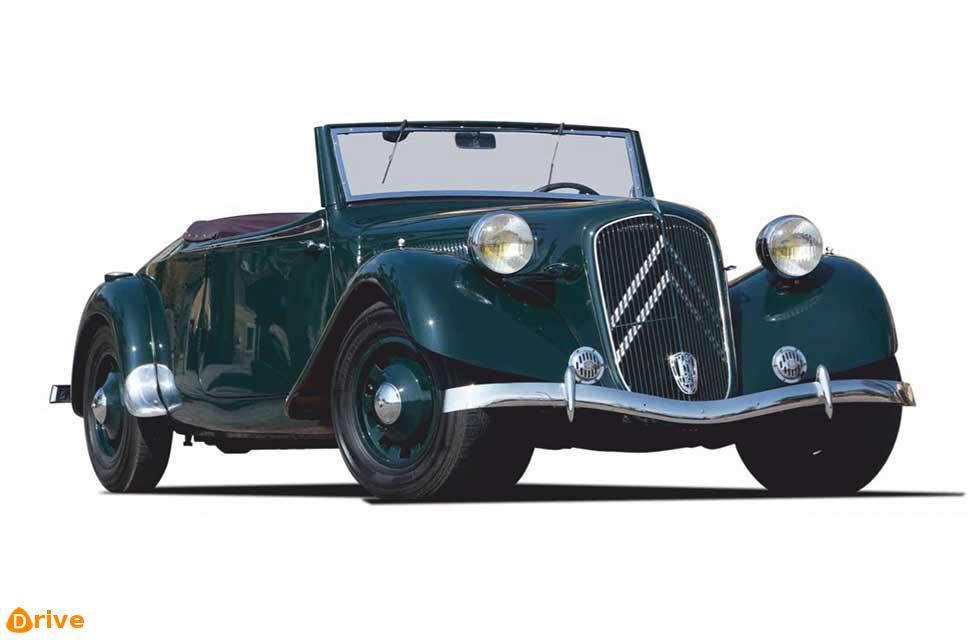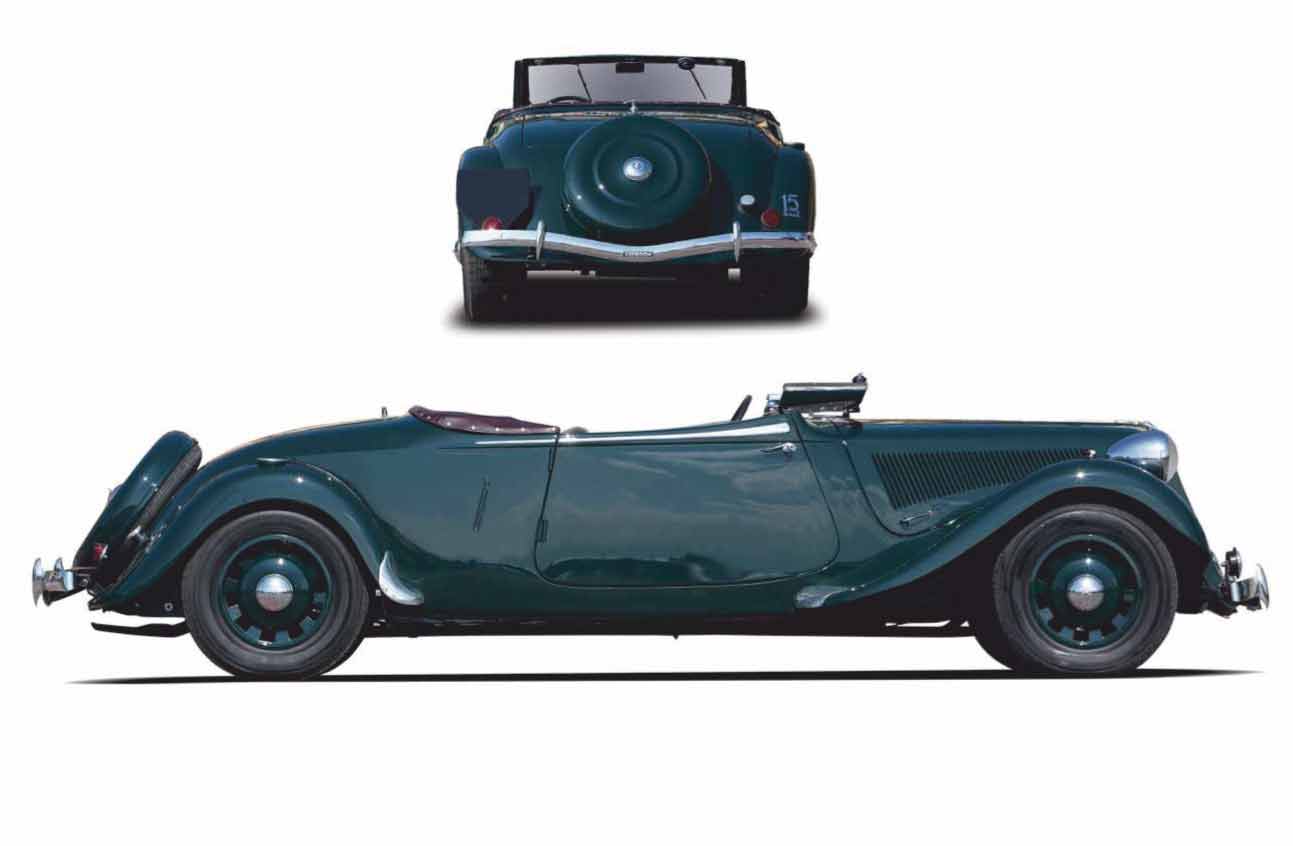Build it and they will copy. French trailblazer left an enduring legacy in car construction.
Citroën has a long history of producing cars that were fearlessly innovative and financially irresponsible. First to mind is the achingly gorgeous DS of 1955-’1975, but the car that preceded it was, for its time, even more advanced.

The Traction Avant of 1934, officially known as the 7CV, 11CV, Light 15 (in Anglophone countries) and Big 15, also drove its manufacturer to bankruptcy and its creator to an early grave. The Traction Avant introduced a number of features that would become commonplace 20 or more years later. However, within months of its 1934 launch, the car maker would surrender to its debtor Michelin, while André Citroën, broke, would die from stomach cancer, aged 57. His piece de resistance revolutionised mass-produced cars and had a production run of 23 years.
In 1932, Citroën launched a new 8-10-15 ‘Rosalie’. Outwardly just a conventional front-engined, rear-drive model, its novel construction married body panels to fabricated steel chassis rails. It was a step towards the all-new 7CV and (longer, larger) 11CV, which adopted a chassis concept from US coachbuilder Budd Company. Developed further by Citroën engineer André Lefèbvre, it was the industry’s first monocoque steel body and was built in sedan, coupe and cabriolet (pictured) versions.

It also had front-wheel drive, a first in mass-production; sprung engine mounts; and four-wheel independent suspension, when few cars even had independent front suspension. So, too, hydraulic brakes (drums), and two years later, rack-and-pinion steering. And it was beautiful, being created by sculptor and industrial designer Flaminio Bertoni, who sculpted rather than sketched the design.
In 1938 the four-cylinder models were joined by a 2.9-litre in-line six-cylinder, and in 1954, 20 years after the Traction’s launch, the 15 Six debuted Citroën’s hydropneumatic suspension. Unitary construction not only made the Traction Avant lighter, it also gave a flat floor (and impressive interior space), a rakish height of just 1520mm and a low centre of gravity, which brought formidable handling and stability.
RHD examples were built at Citroën’s Slough, UK factory, from which at least a few thousand were imported into Australia. By the mid-1950s, the car that had been so far ahead of its time was looking dowdy and dated. Citroën had a hard act to follow – but the DS of 1955, another Lefèbvre and Bertoni collaboration, pulled it off. The Traction Avant finally bowed out two years later, after some 760,000 examples had been built.
FORWARD THINKING
The Traction Avant’s four-cylinder engine was distinctively front mid-mounted, with the transaxle gearbox ahead of it. The 1911cc 11CV sent 41kW/119Nm via a three-speed manual. The standard 11CV/Light 15 sat on a 2910mm wheelbase, with wishbones and longitudinal torsion bars front, torsion bars and beam axle located by a Panhard rod rear.
TO DIE FOR
On sedans (above), ‘suicide’ front doors and conventional rears opened to a spacious cabin. Front seats were buckets or bench on steel tube frames. The gear lever protruded from the steel dashboard, a mechanical lock keeping gravity from changing gears. Pre-1952 malle plate (small boot) sedans are more valuable but less practical than later, big-boot models.
IN DETAIL
3.8 CAPACITY IN LITRES OF V8 ‘22CV’ THAT DIDN’T MAKE IT INTO PRODUCTION
62MPH (100KM/H) TOP SPEED
400,000KM DRIVEN BY FRENCHMAN FRANÇOIS LECOT IN A YEAR
1957 FINAL TRACTION AVANT IS DELIVERED ON 25 JULY





